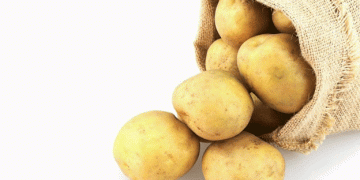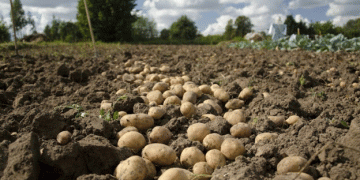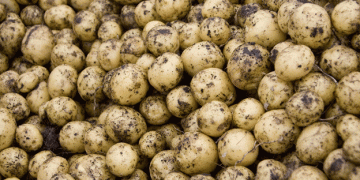Amid concerns over severe weather impacts, Okinawa’s renowned Kunigami Village is experiencing a thriving potato harvest season. This article explores how resilient farming practices and the unique Okinawan red soil have supported a successful yield.
Kunigami Village, a prominent potato-producing region in Okinawa Prefecture, is witnessing peak harvest season for the popular ‘Nishiyutaka’ potato variety. Despite concerns arising from record-breaking heavy rains in November of the previous year, current projections indicate stable production levels, with approximately 170 tons anticipated, aligning closely with annual averages.
Local farmer Morihiro Uehara exemplifies the dedication within the region, commencing daily harvests early in the morning since mid-January. Potatoes cultivated in Okinawa’s characteristically warm climate and distinctive red clay soil are renowned for their high moisture content, rich texture, robust sweetness, and pleasing taste.
Harvested potatoes are transported to nearby sorting facilities, systematically graded by size, and then packed carefully for distribution across the prefecture. According to JA Okinawa, meticulous farming practices and advantageous growing conditions have ensured this year’s crop is both plentiful and high-quality.
Kazufumi Miyagi from JA Okinawa’s Northern Agricultural Promotion Center emphasized the unique quality of potatoes produced in the red soil, encouraging local residents to enjoy this seasonal delicacy. Harvest activities will continue throughout the coming month, ensuring sustained supply across the region.
Recent reports from agricultural research support that adopting climate-resilient farming practices significantly enhances crop stability in regions susceptible to extreme weather events, like Okinawa.
Kunigami Village’s successful potato harvest highlights the critical role of adapted farming techniques and local soil conditions in overcoming weather-related challenges. Such resilience underscores the potential for sustainable agriculture practices, crucial for future food security in climate-vulnerable regions.






